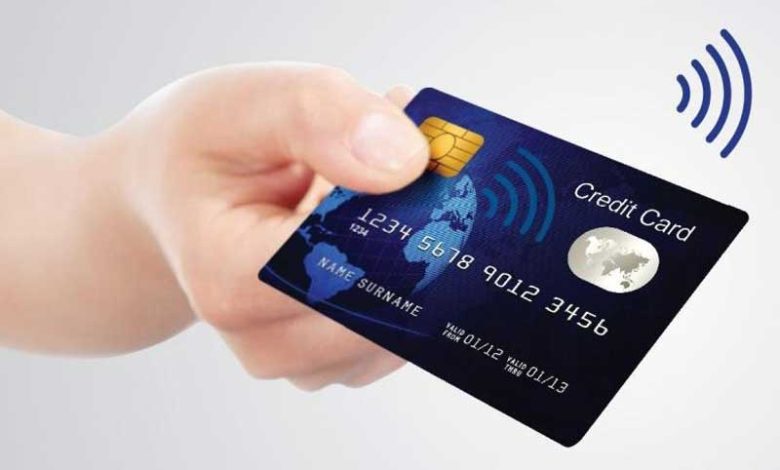Comprehensive Overview of Smart Card Status: The Evolution, Current Trends, and Future Prospects
A Brief Introduction to Smart Cards and Their Status

Smart cards have become an integral part of modern technology, serving various purposes from secure identification to transaction facilitation. This comprehensive overview explores the Smart Card Status, examining their evolution, current trends, and future prospects. We delve into the myriad applications, technological advancements, security implications, and the role smart cards play in shaping the digital world.
The Evolution of Smart Cards
Early Beginnings
The concept of smart cards dates back to the 1960s when the idea of embedding an integrated circuit (IC) into a plastic card was first proposed. This innovation marked the beginning of a technological revolution that would transform various industries.
Technological Advancements
Over the decades, smart cards have undergone significant advancements. Initially, they were primarily used for simple tasks like storing data. However, with the advent of microprocessors, smart cards evolved to perform complex functions such as encryption, authentication, and data processing.
Integration with Other Technologies
The integration of smart cards with other emerging technologies like RFID (Radio Frequency Identification) and NFC (Near Field Communication) has further expanded their capabilities. These integrations have made smart cards more versatile, enabling contactless transactions and seamless data transfer.
Current Trends in Smart Card Usage
Financial Transactions
One of the most widespread applications of smart cards is in the financial sector. EMV (Europay, MasterCard, and Visa) cards, which use chip technology, have become the standard for secure transactions. These cards provide enhanced security features, reducing the risk of fraud and counterfeit.
Secure Identification
Smart cards are widely used for secure identification purposes. Government-issued identification cards, such as passports and driver’s licenses, often incorporate smart card technology to store biometric data and other sensitive information securely.
Healthcare Sector
In the healthcare sector, smart cards are used to store patients’ medical records, ensuring quick and secure access to critical information. This application not only improves the efficiency of healthcare services but also enhances patient safety.
Access Control Systems
Smart cards are commonly used in access control systems to regulate entry into secure areas. These systems are employed in various settings, including corporate offices, educational institutions, and government buildings, to ensure authorized access.
Security Implications of Smart Card Technology
Enhanced Security Features
The primary advantage of smart cards lies in their enhanced security features. The embedded microprocessor allows for secure storage and processing of data, making it difficult for unauthorized individuals to access or tamper with the information.
Encryption and Authentication
Smart cards utilize advanced encryption and authentication mechanisms to protect data. These mechanisms ensure that only authorized users can access the information stored on the card, providing a higher level of security compared to traditional magnetic stripe cards.
Counterfeit Prevention
The use of smart cards significantly reduces the risk of counterfeiting. Unlike magnetic stripe cards, which can be easily duplicated, smart cards are equipped with unique cryptographic keys that make them nearly impossible to clone.
The Future of Smart Cards
Technological Innovations
The future of smart cards looks promising, with continuous technological innovations expected to enhance their capabilities further. Developments in quantum computing, blockchain, and artificial intelligence are likely to influence the evolution of smart card technology, making them more secure and efficient.
Expansion of Applications
As technology advances, the applications of smart cards are expected to expand beyond traditional uses. Potential future applications include secure voting systems, advanced loyalty programs, and smart city infrastructure.
Integration with IoT
The integration of smart cards with the Internet of Things (IoT) is another area of potential growth. This integration could lead to new applications in smart homes, connected vehicles, and industrial automation, where secure identification and data processing are crucial.
Challenges and Solutions
Data Privacy Concerns
One of the primary challenges associated with smart card technology is data privacy. As smart cards store sensitive information, ensuring the privacy and security of this data is paramount. Implementing robust encryption and data protection measures is essential to address these concerns.
Interoperability Issues
Interoperability is another challenge faced by smart card technology. Ensuring that smart cards can work seamlessly across different systems and platforms is crucial for their widespread adoption. Standardization efforts and collaborative initiatives among industry stakeholders can help overcome this challenge.
Cost Considerations
The cost of implementing smart card systems can be a barrier for some organizations. However, as technology advances and economies of scale come into play, the cost of smart card technology is expected to decrease, making it more accessible to a broader range of users.
Conclusion
Smart cards have come a long way since their inception, evolving from simple data storage devices to sophisticated tools for secure transactions and identification. The current status of smart cards reflects their widespread adoption across various sectors, driven by their enhanced security features and versatility. Looking ahead, technological advancements and the expansion of applications hold great promise for the future of smart cards. By addressing challenges related to data privacy, interoperability, and cost, smart card technology is poised to play an even more significant role in the digital world. As we continue to explore new frontiers, smart cards will undoubtedly remain at the forefront of secure and efficient technology solutions.








